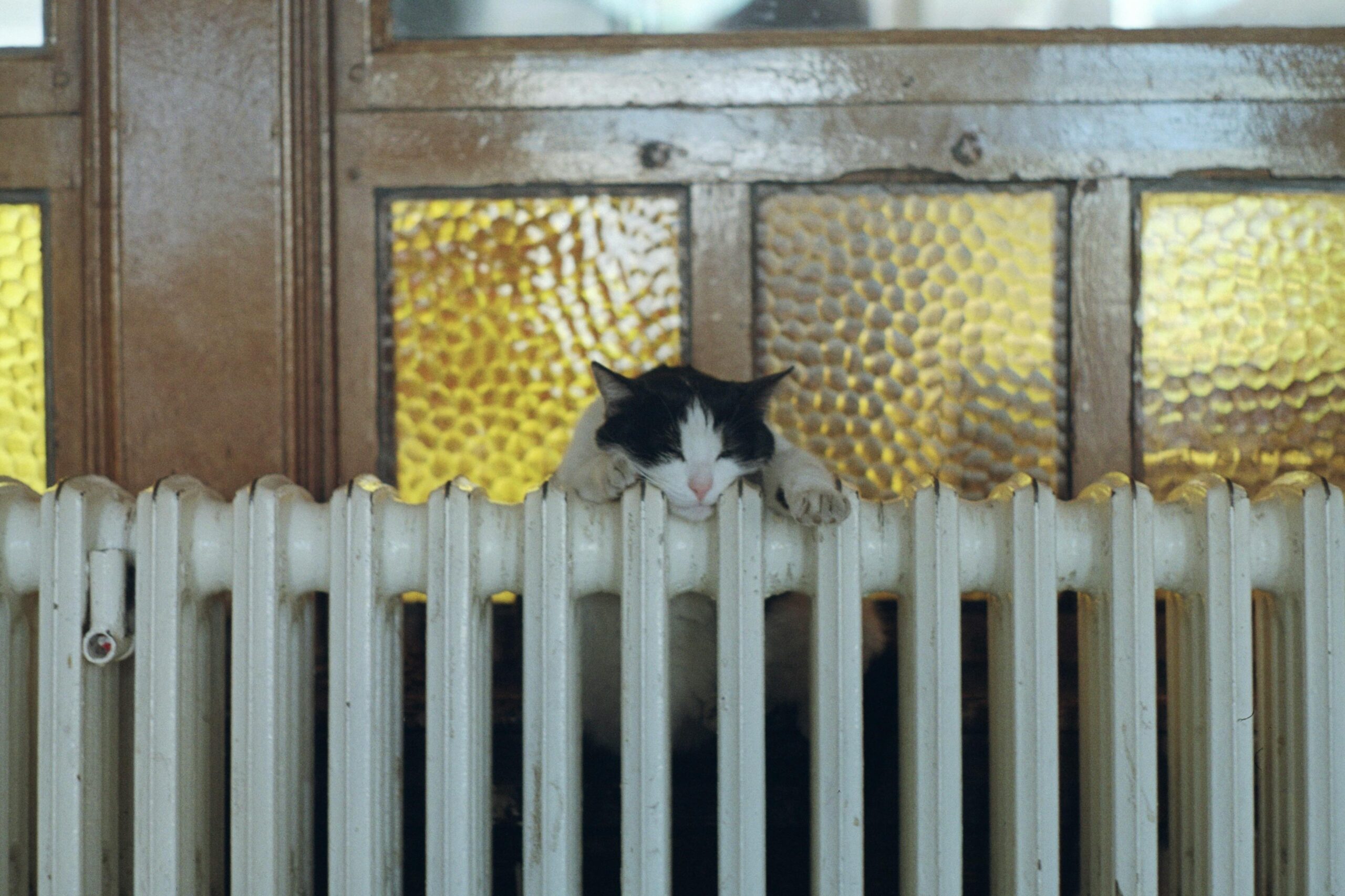Serving The Wasatch Front Area
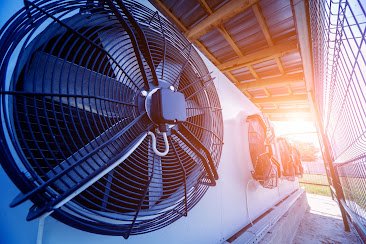
Types of HVAC Systems for Your Home
October 27, 2022
A heating, ventilation, and cooling (HVAC) system can heat your home in autumn. HVAC units have different designs and can serve multiple purposes in a home.
The appropriate type of HVAC for your home depends on your budget, the size of your residence, and other factors. Here are the main types of HVAC systems to consider.
1. Split System
The split HVAC system is the most common model of heating unit in homes. This unit contains double distinct sections that can cool and heat your home.
In addition, the unit has a thermostat to regulate temperature levels throughout the home. You can place the split HVAC system in your basement or any other place inside the home.
2. Hybrid Split System
A hybrid split system resembles the split system but has two sources of power. That means that the system can either use electric power or fossil fuel to heat your home in autumn.
This system also comes with a combustion furnace and a heat pump to heat your home. The hybrid HVAC will spread warmth to all the rooms in your house via ducts.
Using multiple sources of fuel increases the efficiency of your HVAC unit. You can expect reliable warmth and comfort even when fuel runs out, or there is a power blackout. As a result, you may save up to 50% of your monthly energy costs.
3. Zoned HVAC
A zoned HVAC unit allows you to create different zones within the same house. Each zone will connect to its thermostat and can have a different temperature. The ability to set different temperatures in each room increases comfort and leads to energy savings. If the people who reside in your home have different temperature requirements, you can install a zoned HVAC to keep everybody happy.
The zoning HVAC system allows you to place a thermostat in each zone. Although the thermostat regulates the temperature in each zone, you can use the central control panel to manage each thermostat.
You also need to install valves in your home’s ductwork to control airflow. The valves are programmable and can synchronize with one another if necessary.
4. Ductless Mini Split HVAC
The mini-split HVAC consists of a compressor and air handling units. The HVAC may also have suction tubing, refrigerant tubing, and a power cable. These components connect the indoor section to the outdoor unit. Generally, the mini split unit is used as an add-on to complement the existing heating system.
The primary advantage of a mini-split HVAC system is its small size and flexibility. For example, you can connect several air-handling units to a single outdoor system. The flexibility allows you to meet your changing heating needs as the temperature gets colder. In addition, the installation process for mini-split systems is easier and faster than other HVAC units.
5. Packaged HVAC
A packaged HVAC system has all the components inside a single chamber. That means the coils, compressor, and air handler are all in the same cabinet. The system will also include a heat pump or a dual fuel system within the same chamber. However, you will still need to connect the packaged unit to your home’s ductwork to distribute air through the house.
By putting all components in a single chamber, the package unit takes less indoor square footage than most HVAC systems. You can either install the package system inside or outside your house.
An HVAC system is a necessary feature in any home, especially now that the temperatures have begun to fall. However, it would be best if you got a qualified installer to work on your heating systems.
Such an installer is Comfort Solutions which has the qualifications, skills, and experience to install all brands of HVAC. Contact us to stay comfortable this autumn.
Recent News
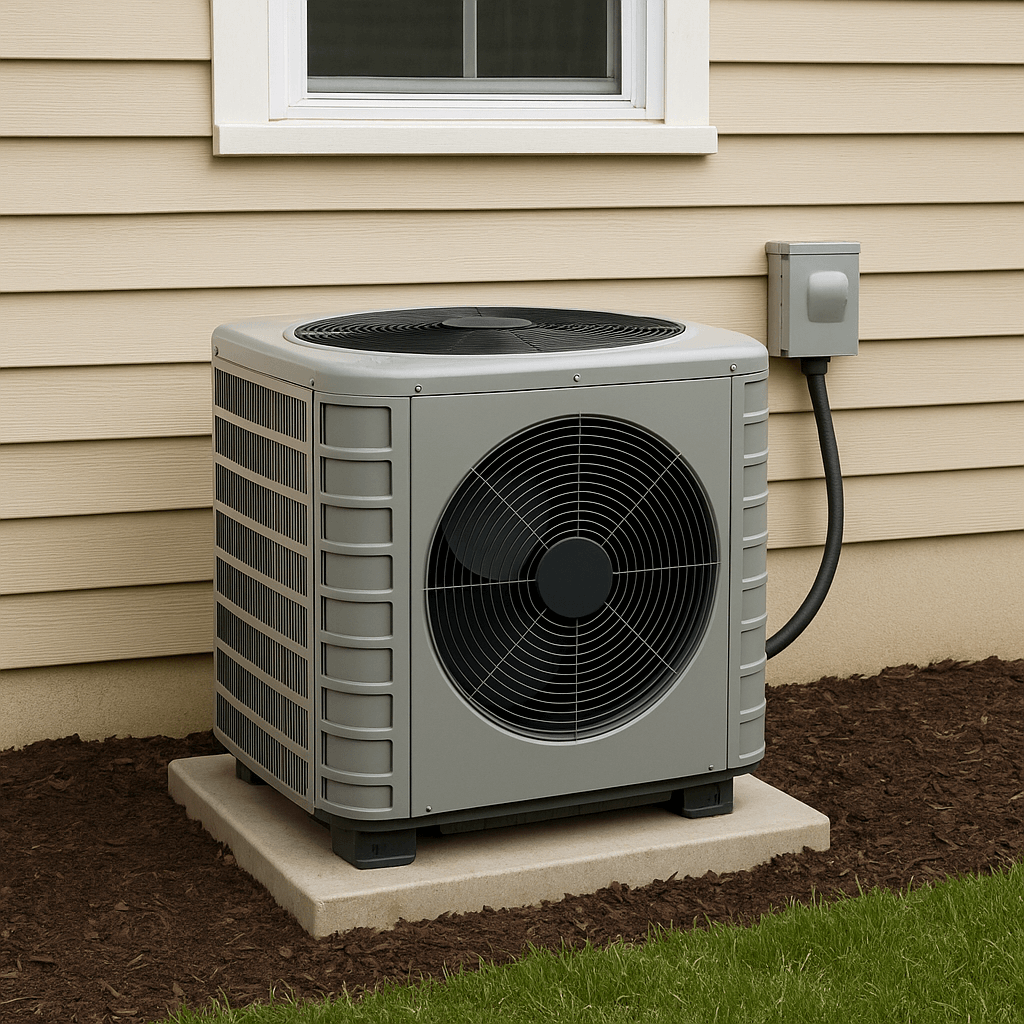
Common Air Conditioner Mistakes That Can Cause You Problems
May 29, 2025

How to Stay Cool During the Summer Heat
April 21, 2025
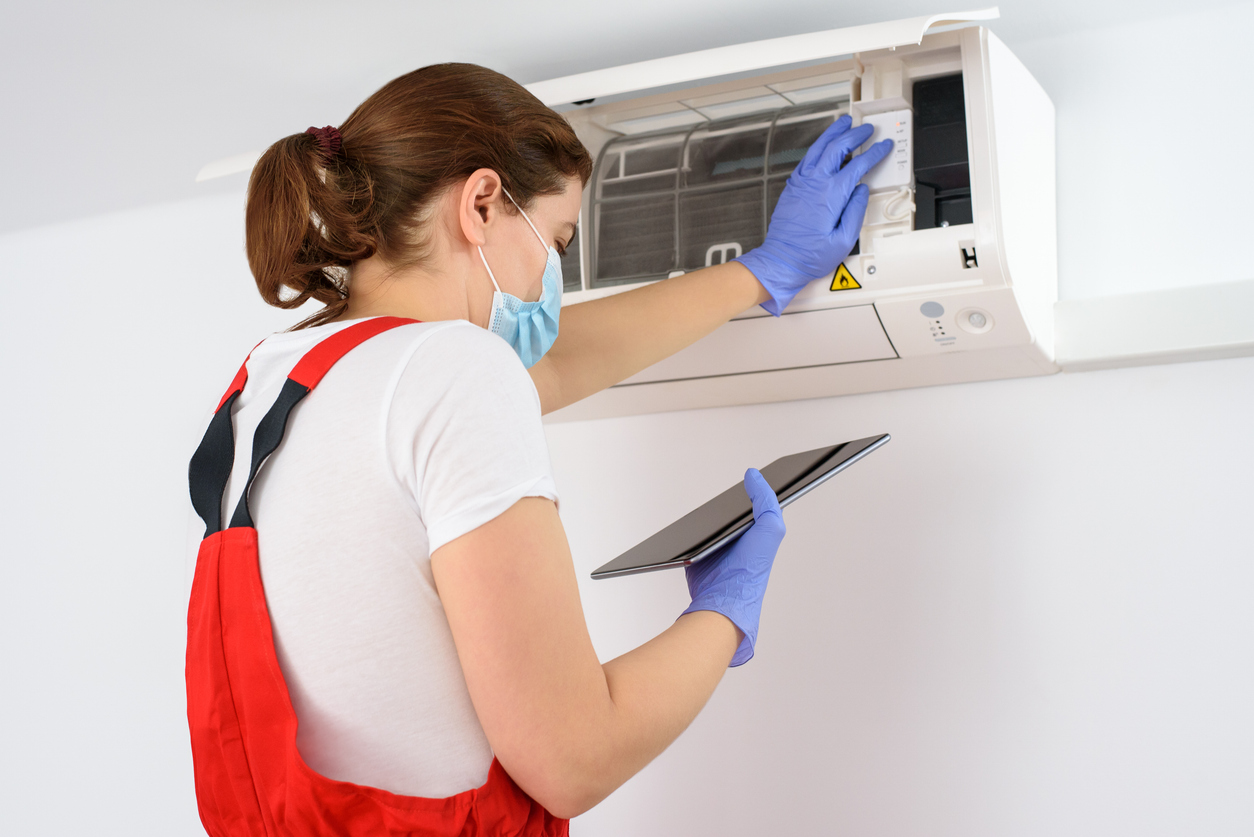
When to Upgrade Your AC Systems: Benefits & More
February 25, 2025

Why Remote Workers Should Upgrade Their HVAC
February 10, 2025
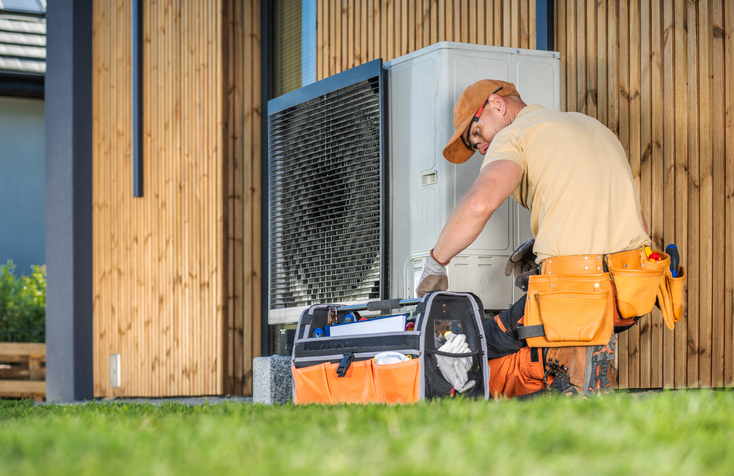
Common Home Heating, Furnace Repair & Replacement Myths
February 7, 2025
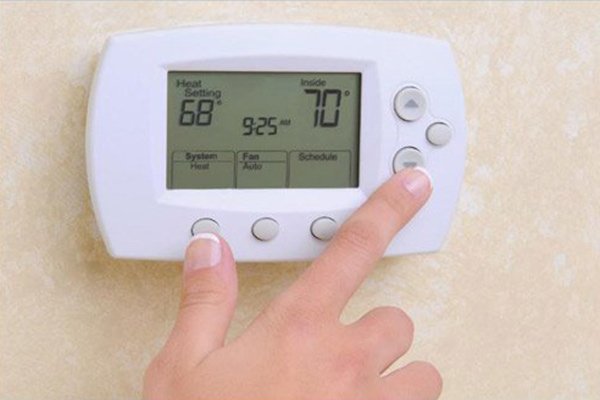
Keep Your Fireplace and HVAC Systems Running Strong All Winter
December 6, 2024
